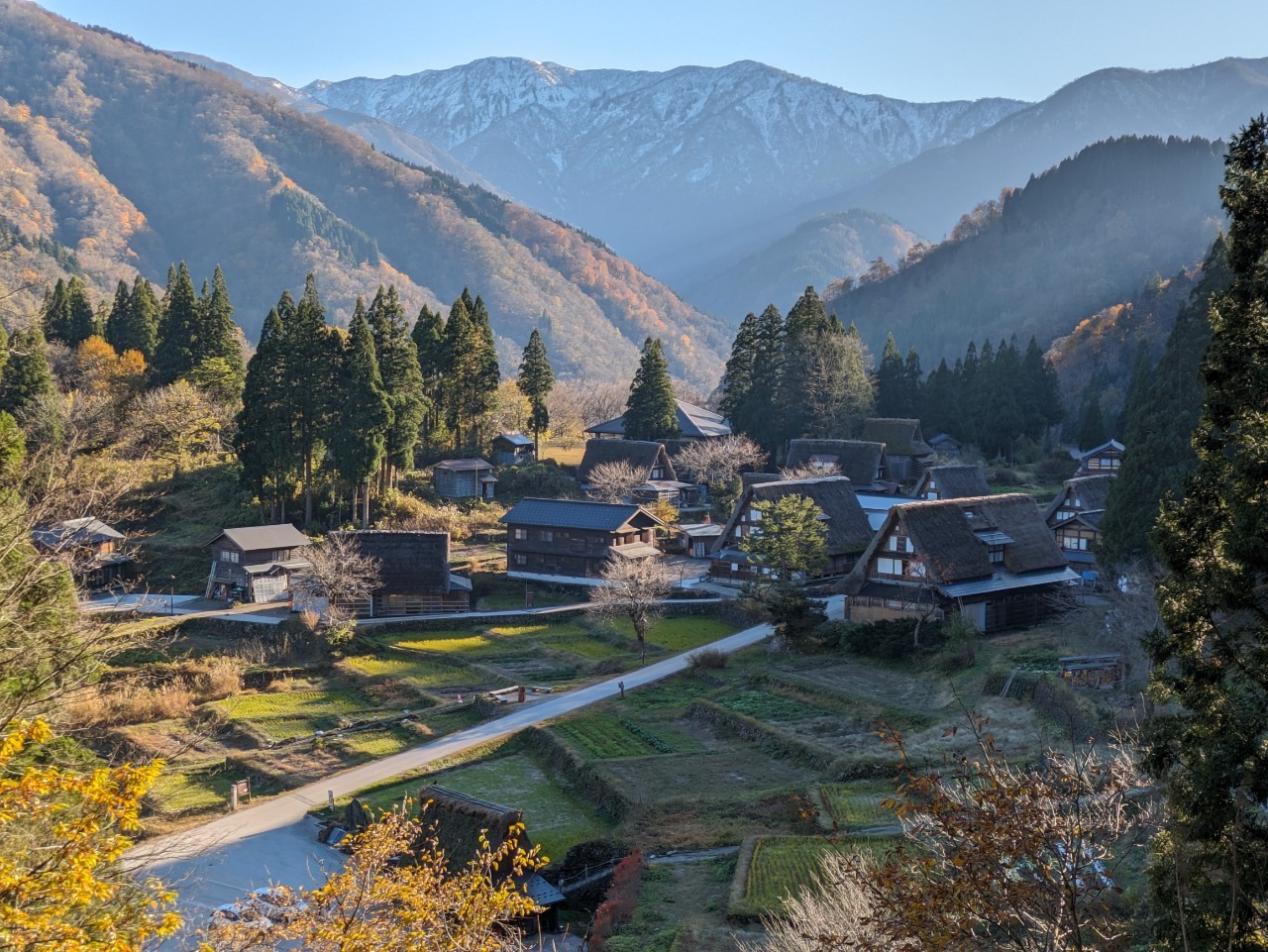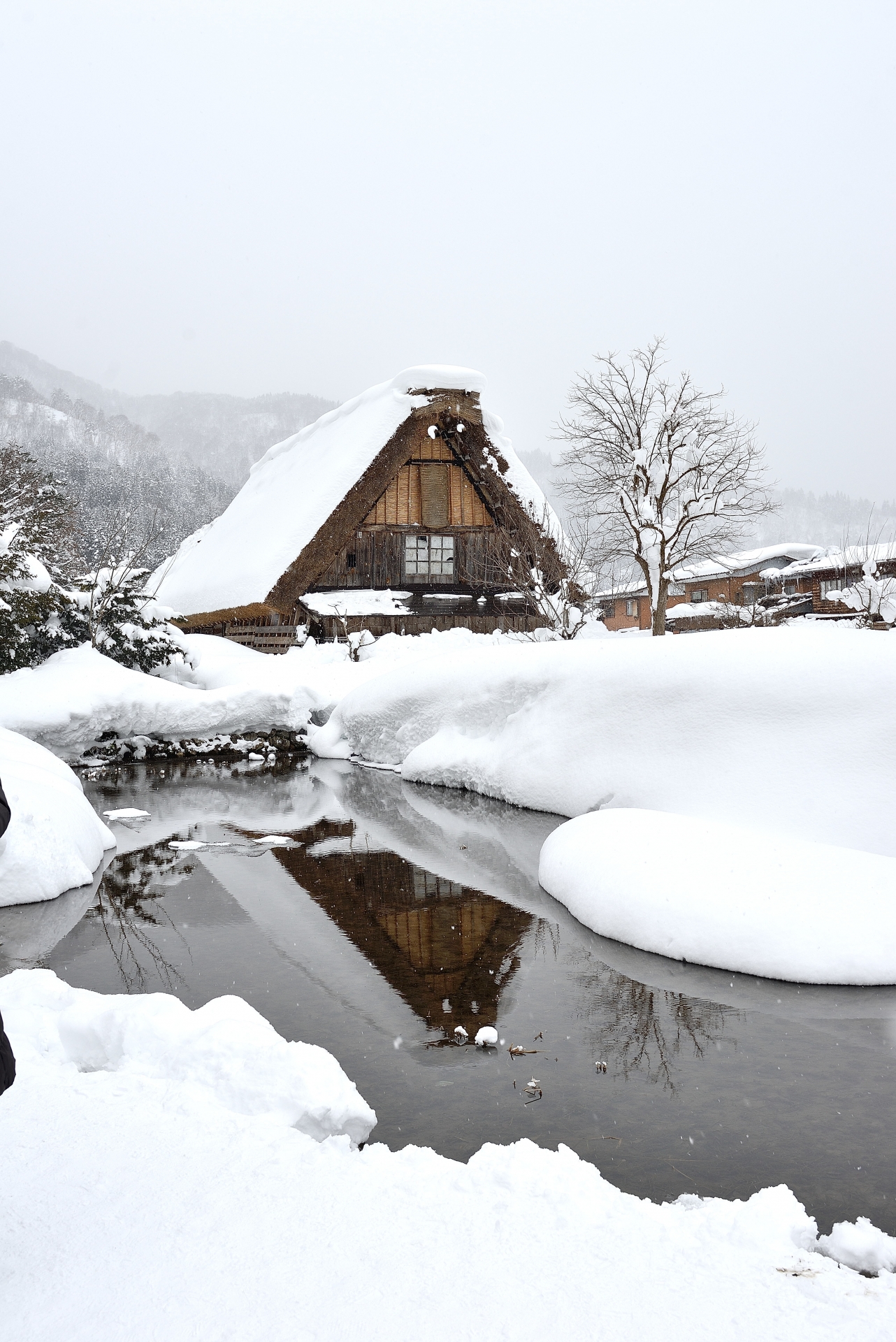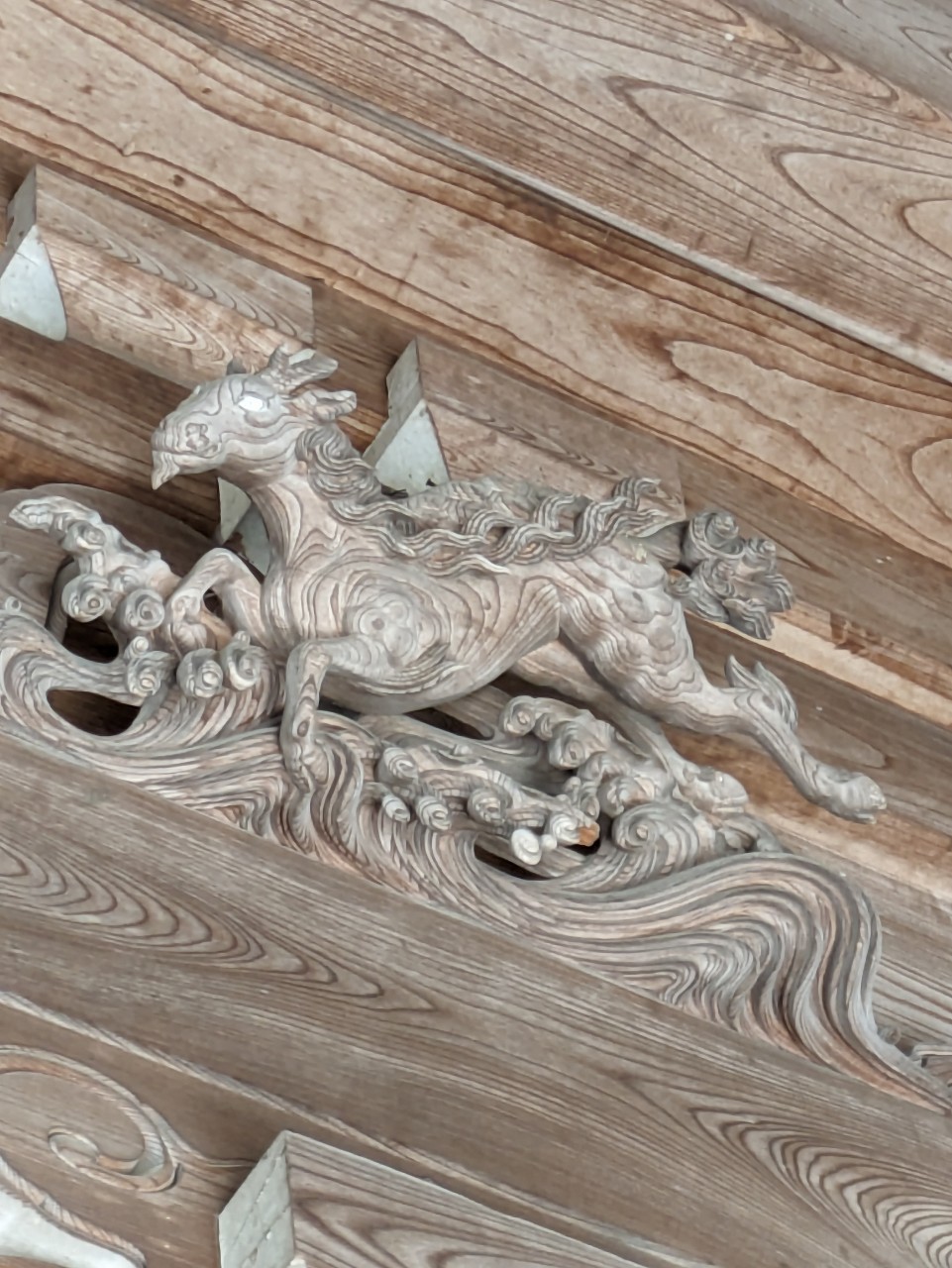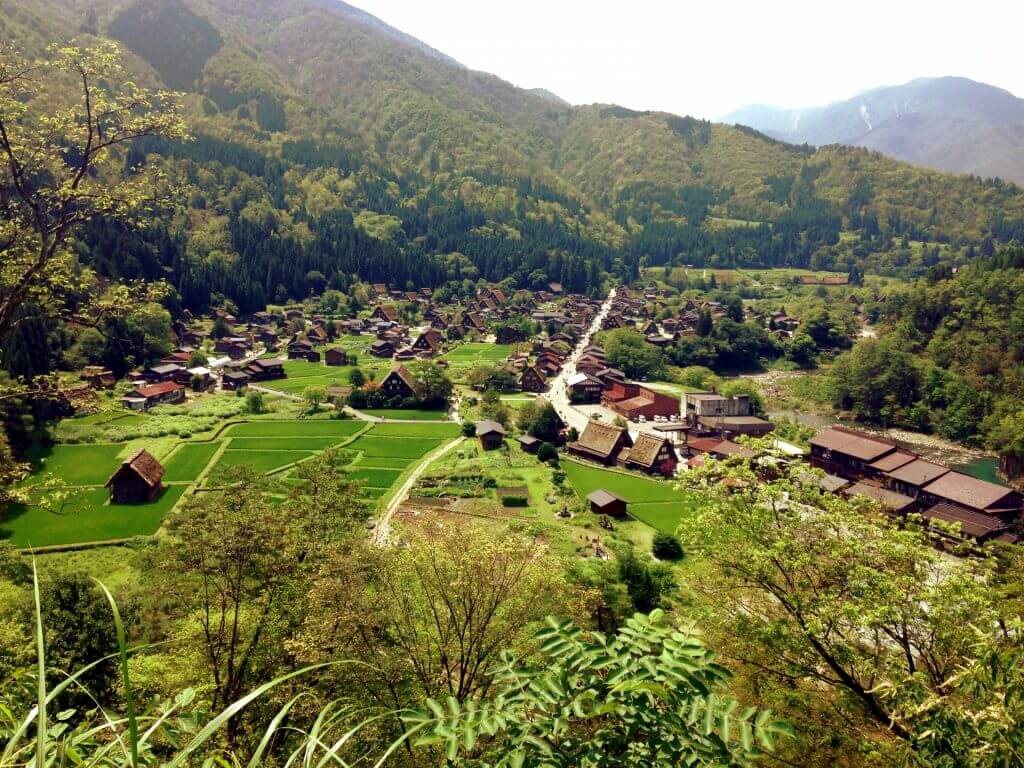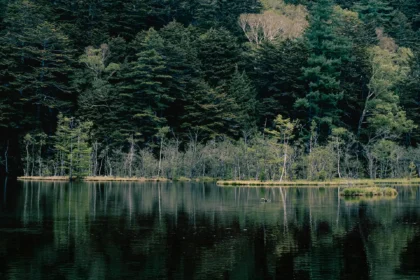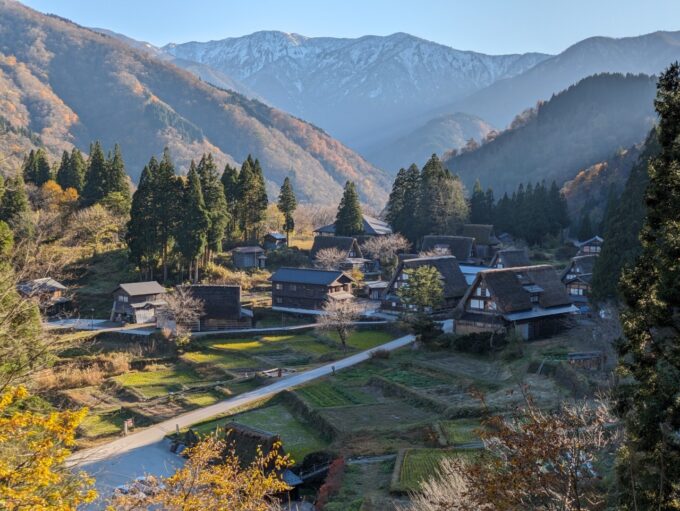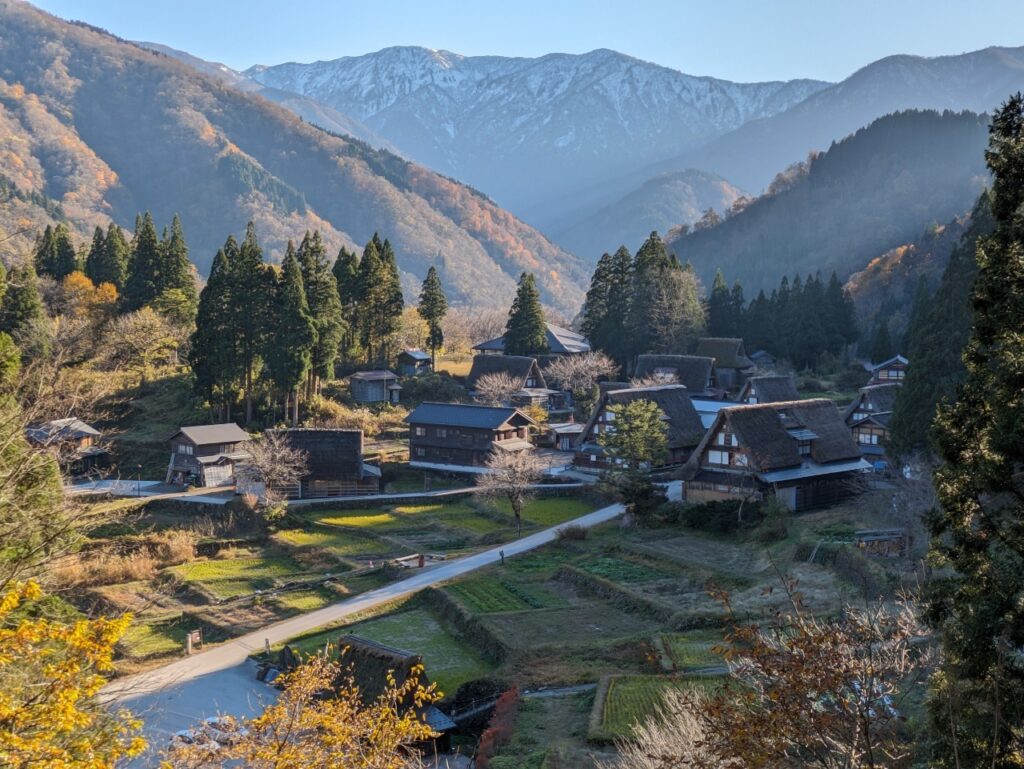
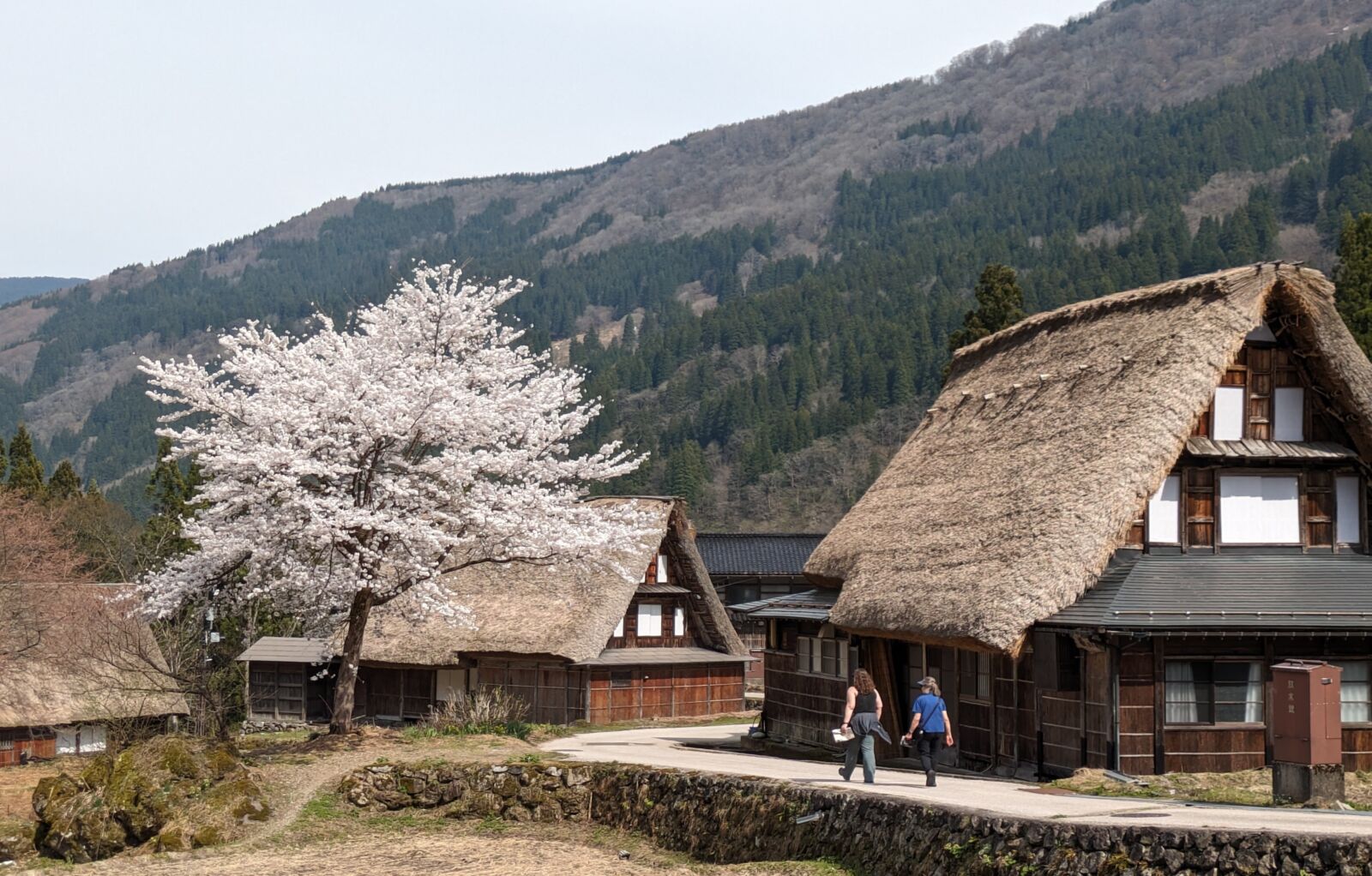
The name of the village of Gokayama is in records from 1513 but remains of settlement in the area go back 2000 years. It was historically famous for three different things: washi Japanese paper, niter for gunpowder and as a place of exile for criminals. This area was at one of the extremities of Maeda Daimyo's domain, an area inaccessible for months, hidden from the prying eyes of the Shogun in Edo, specialized in industrial processes. This was what drove a booming economy throughout the Edo period in the middle of the isolating mountains.
As you walk around Ainokura, the heart of the old papermaking industry and largest of the three small village of Gokayama, you can feel the warm embrace of nature and human adaptation to it. The thatched roof houses stand as evidence of rural industrialization during the period, the first floor partially used for the paper making and also as living space. The upper floors were almost exclusively used for paper production. This would be the same for the making of niter gunpowder as well. There are plenty of homes throughout the three villages where you can discover this unique architecture.
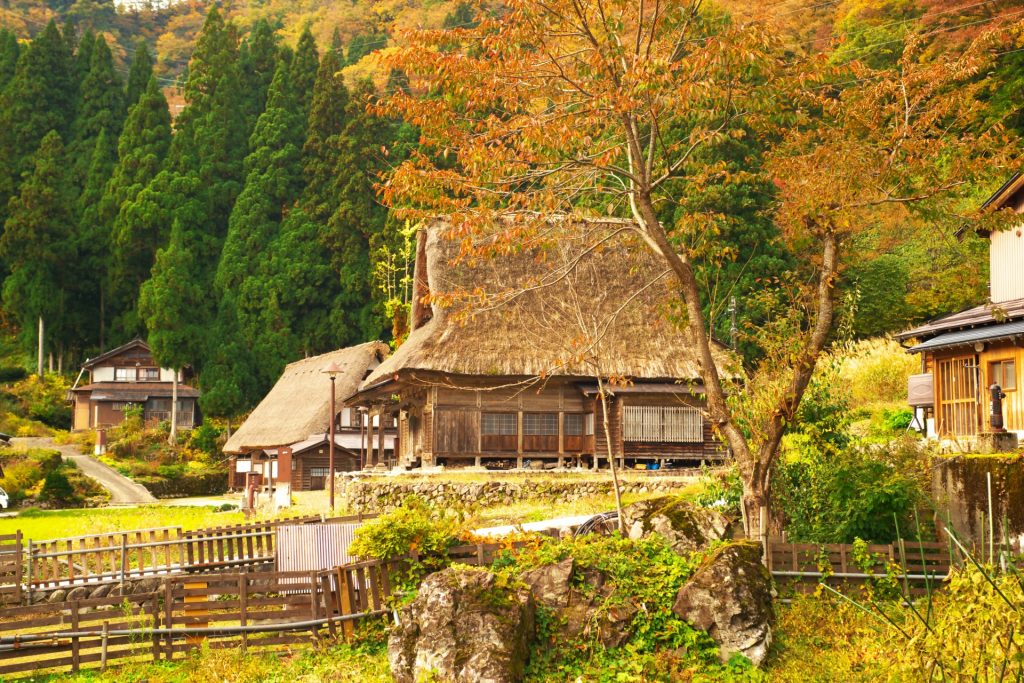
In the villages of Gokayama there are shops, restaurants, museums and sometimes experiences. Ainokura is famous for papermaking and you can try it for yourself in one of the thatched roof houses (closed in the winter). In Kamitaira if you make a reservation, you can make kokiriko, an instrument used in dances. In Suganuma there is the niter gunpowder museum, which gives you a better idea how it was in this rural environment. Gokayama in general is famous for its soba, which is available in all the villages, so make sure to get some for lunch when you are around.
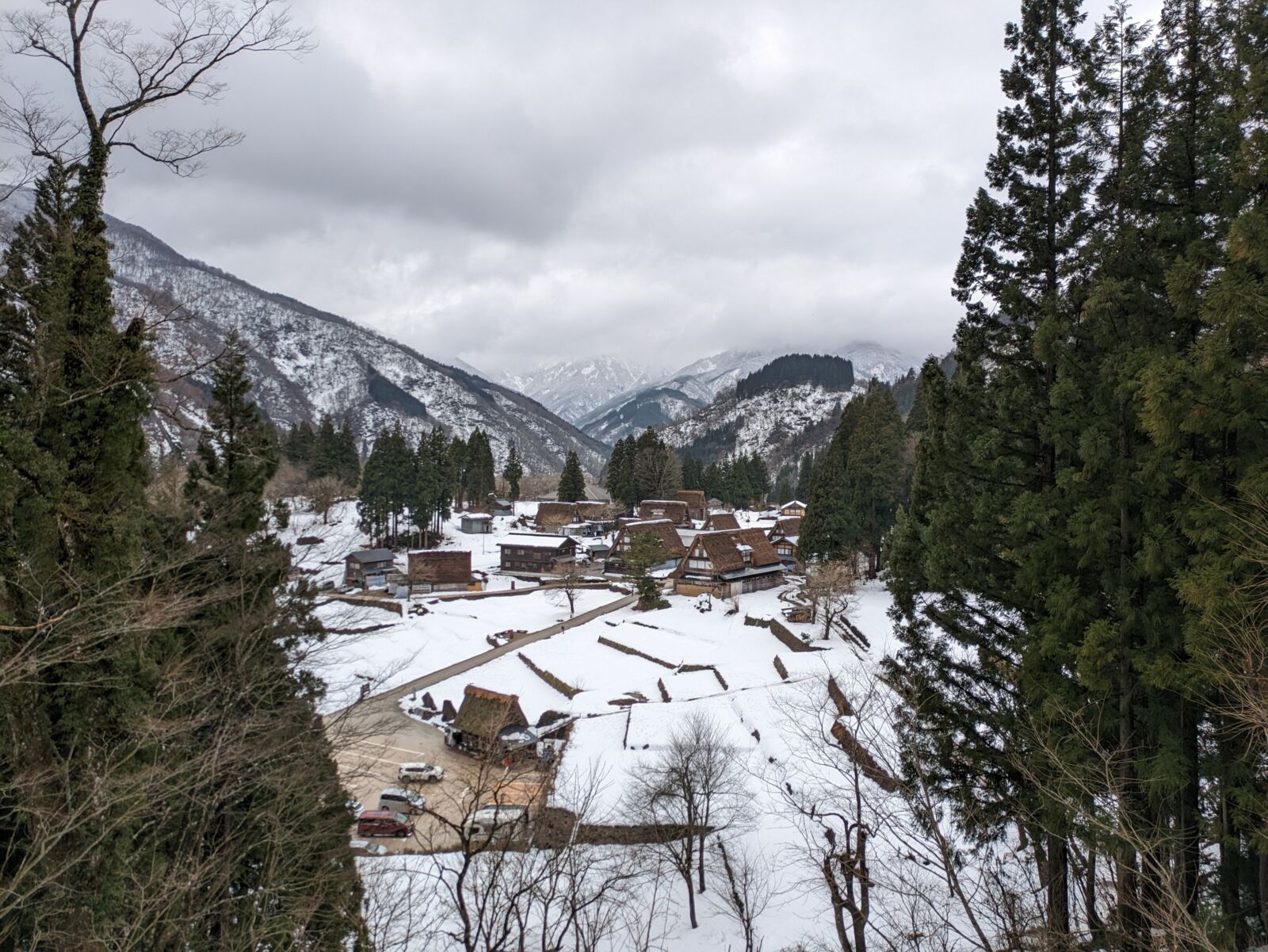
If you trying to get here by public transportation, there are highway buses that run directly here from Kanazawa and Takaoka. These often run all the way to Shirakawago so they can get crowded, especially the buses returning to Kanazawa after 4pm. Taking the bus to and from Takaoka can be a way to avoid those issues and you can even pay on the bus.
Gokayama can be difficult to access, even from the major cities in the region. If you are interested in this town as well as the UNESCO World Heritage Sites of Gokayama and Shirakawago, join us for one of our tours! You will have the chance to see Zuisenji Temple's woodcarvings in Inami, make traditional Japanese paper in Gokayama and go into one of the thatched roof houses in Shirakawago. Check below for more information!
SHIRAKAWA-GO, GOKAYAMA TOUR FROM KANAZAWA / all year round
Best Selling
1 Day Tour from Kanazawa: Shirakawa-go, Gokayama and Wood Carving Village
- Spots:
- Pick-up:
- Drop-off:
One of the most visited attractions in the region is the thatched-roof houses of Shirakawa-go and Gokayama. On this tour you will hop on one of our charter buses and on the way there stop at a hidden gem of the area, Inami. This small town is famous for wood-carving, something you can see on display throughout the main thoroughfare that lead to Inami's crown, jewel, Zuisenji Temple. The carvings on this temple were done by a master carver over 200 years ago. We will then continue on to Gokayama to see some of the thatched-roofed house and get an excellent view of the small town. A paper-making experience is also waiting for you, using materials harvested in the town and techniques perfected over centuries. The last stop is Shirakawa-go where you can see the beautiful townscape and go into one of the homes to learn about the townspeople's way of life. There are also plenty of shops and stalls to enjoy!
